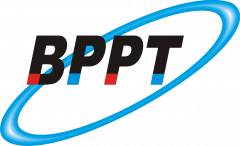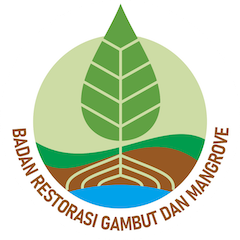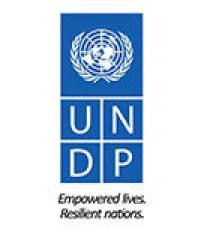Why was PRIMS developed?
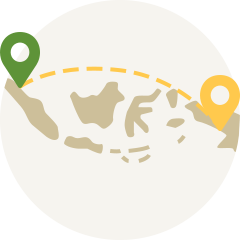
The Indonesian peatland is vast
PRIMS allows stakeholders to spatially and virtually monitor the 2.67 million hectares of peatland across seven restoration priority provinces by utilizing near real-time data

Multiple stakeholders presence
PRIMS enables and encourages the collaboration of multi-stakeholders, from the government, private sectors, and civil society organizations

A repository of restoration activities
PRIMS functions as a databank for all restoration activities data and acts as a reference in benchmarking and monitoring advances in peatland restoration efforts
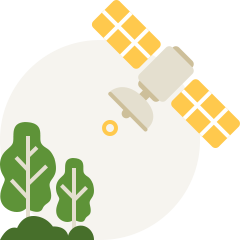
Peatlands are prone to degradation
PRIMS monitors peatland degradation indications to prevent and mitigate peatland damages






